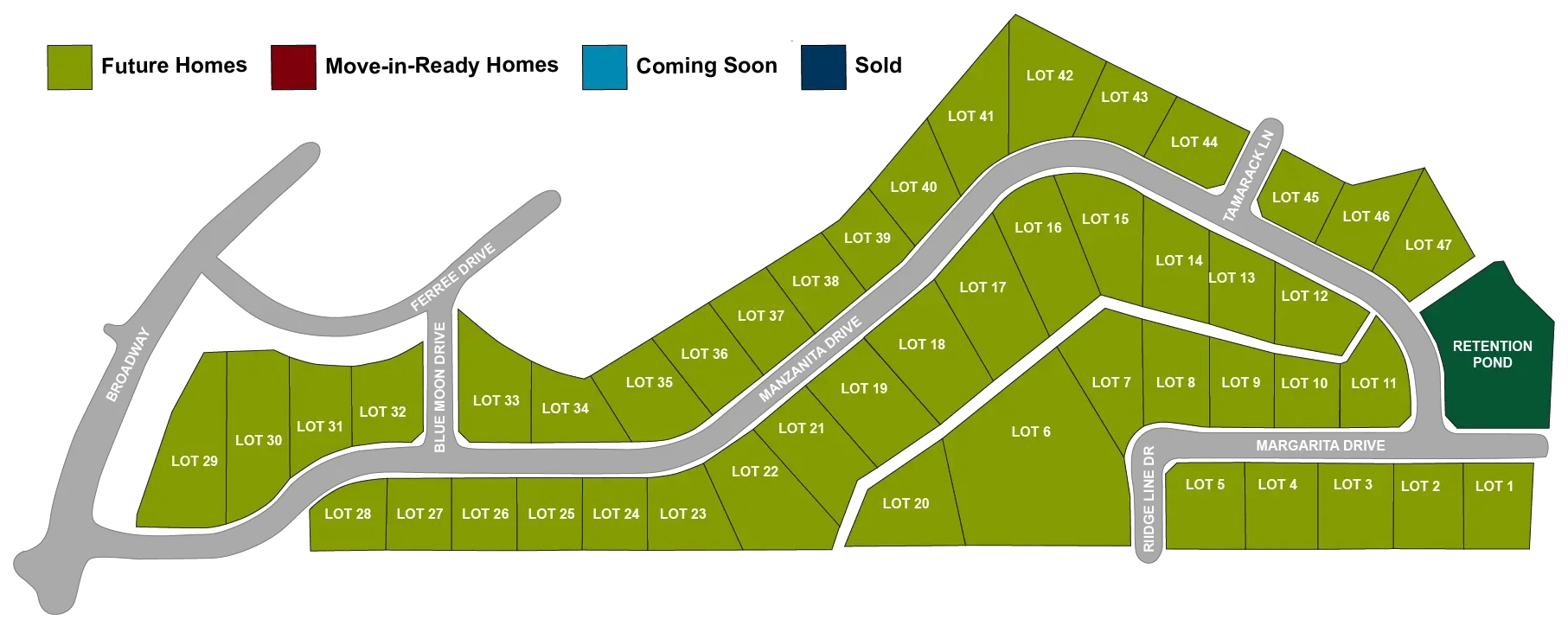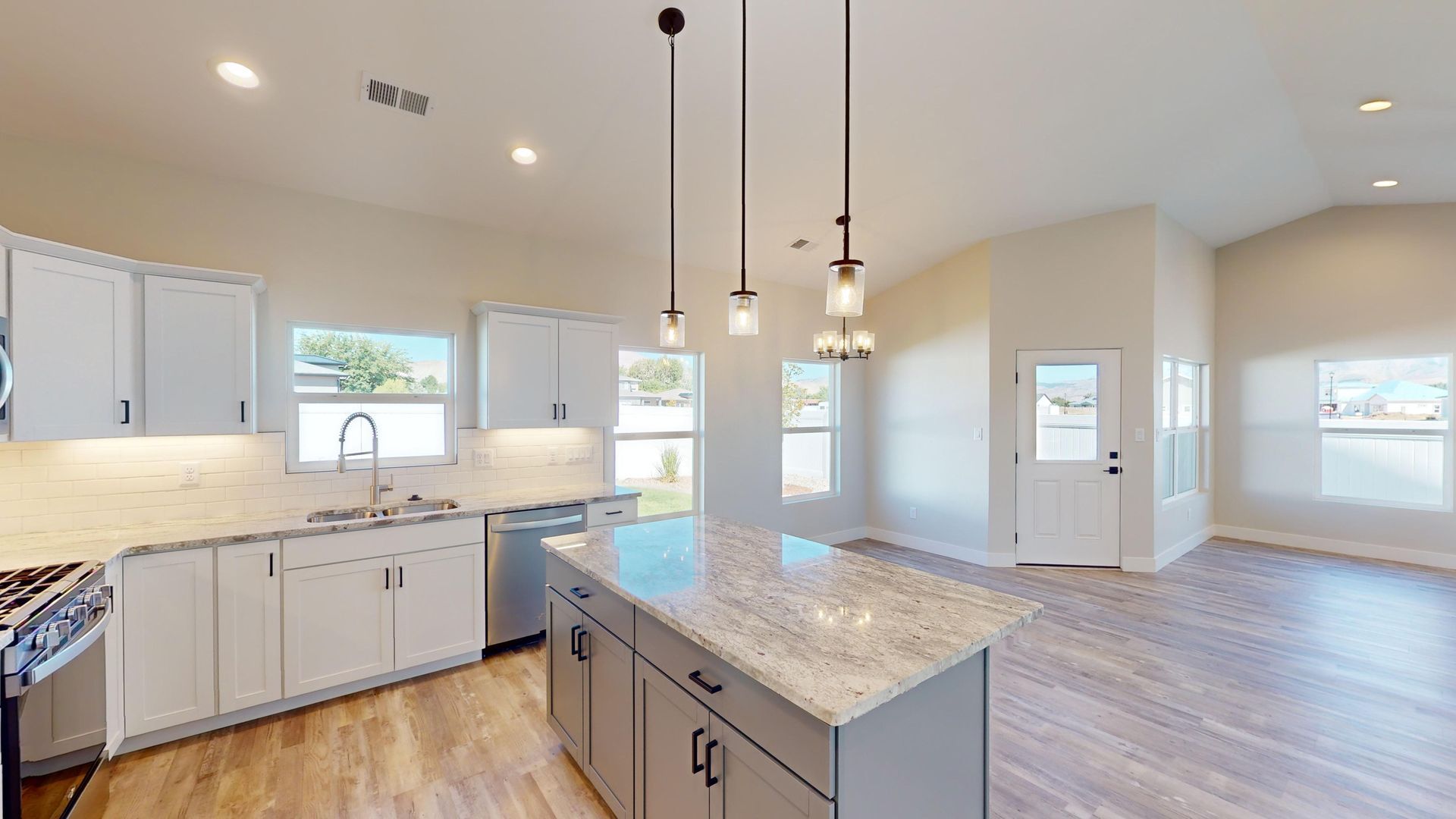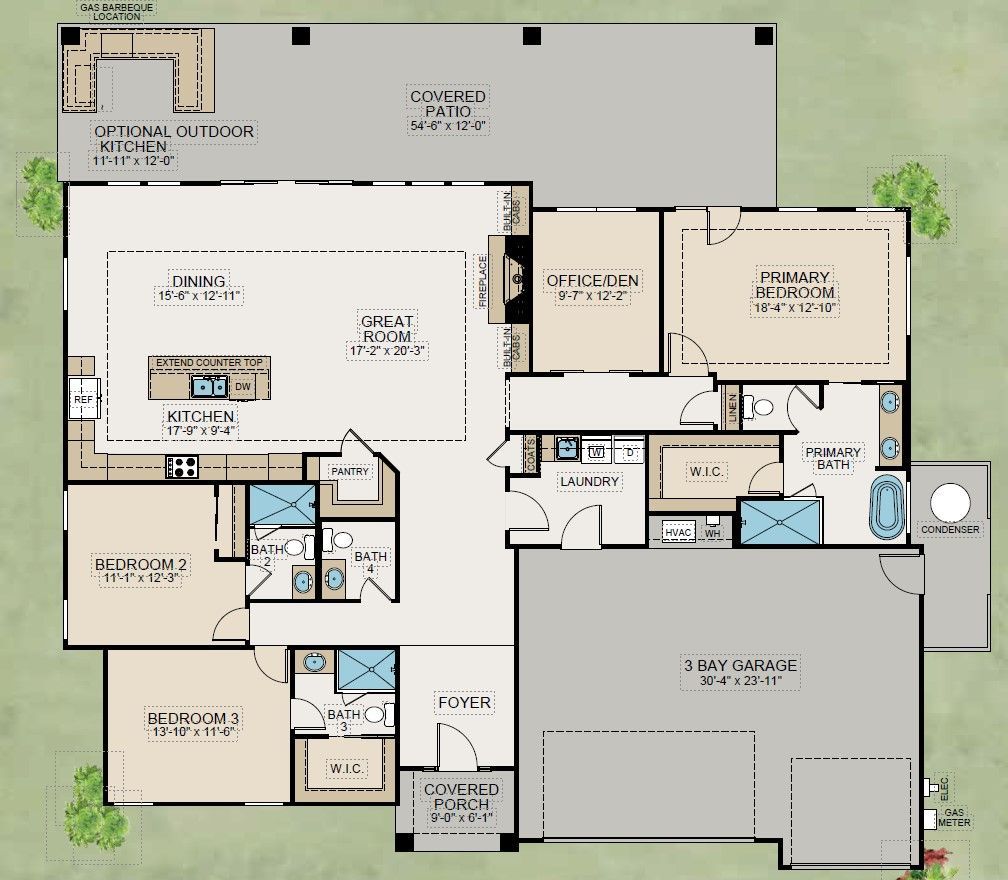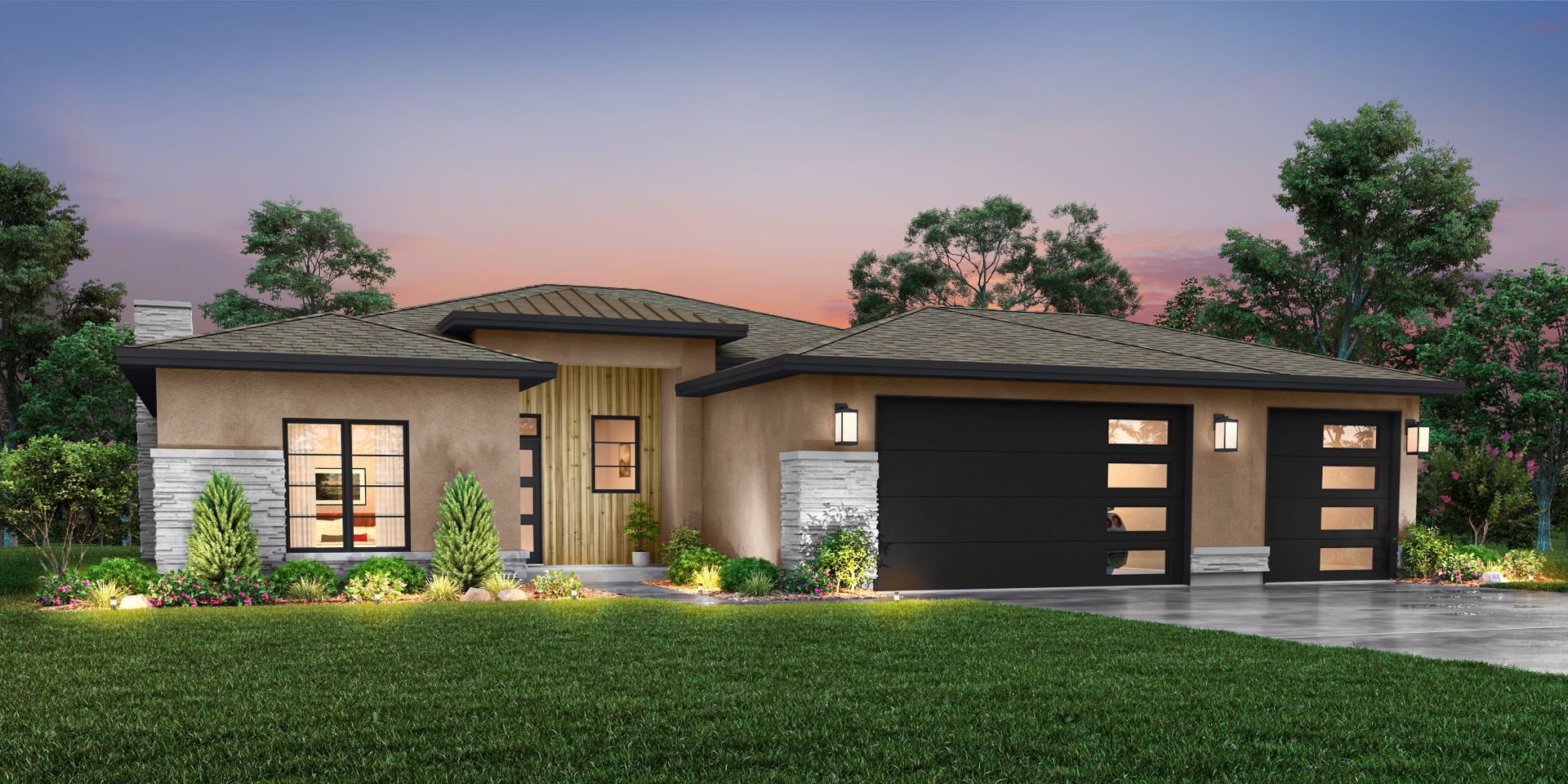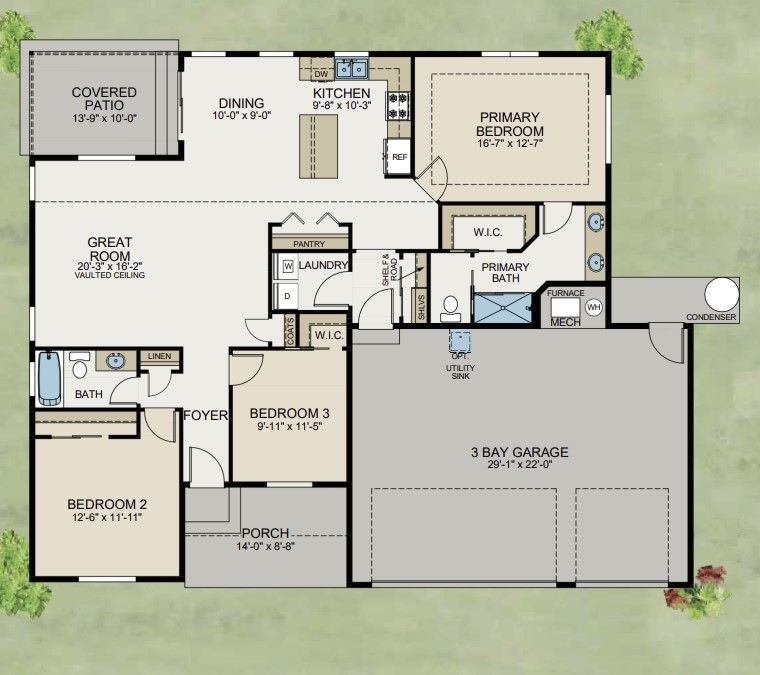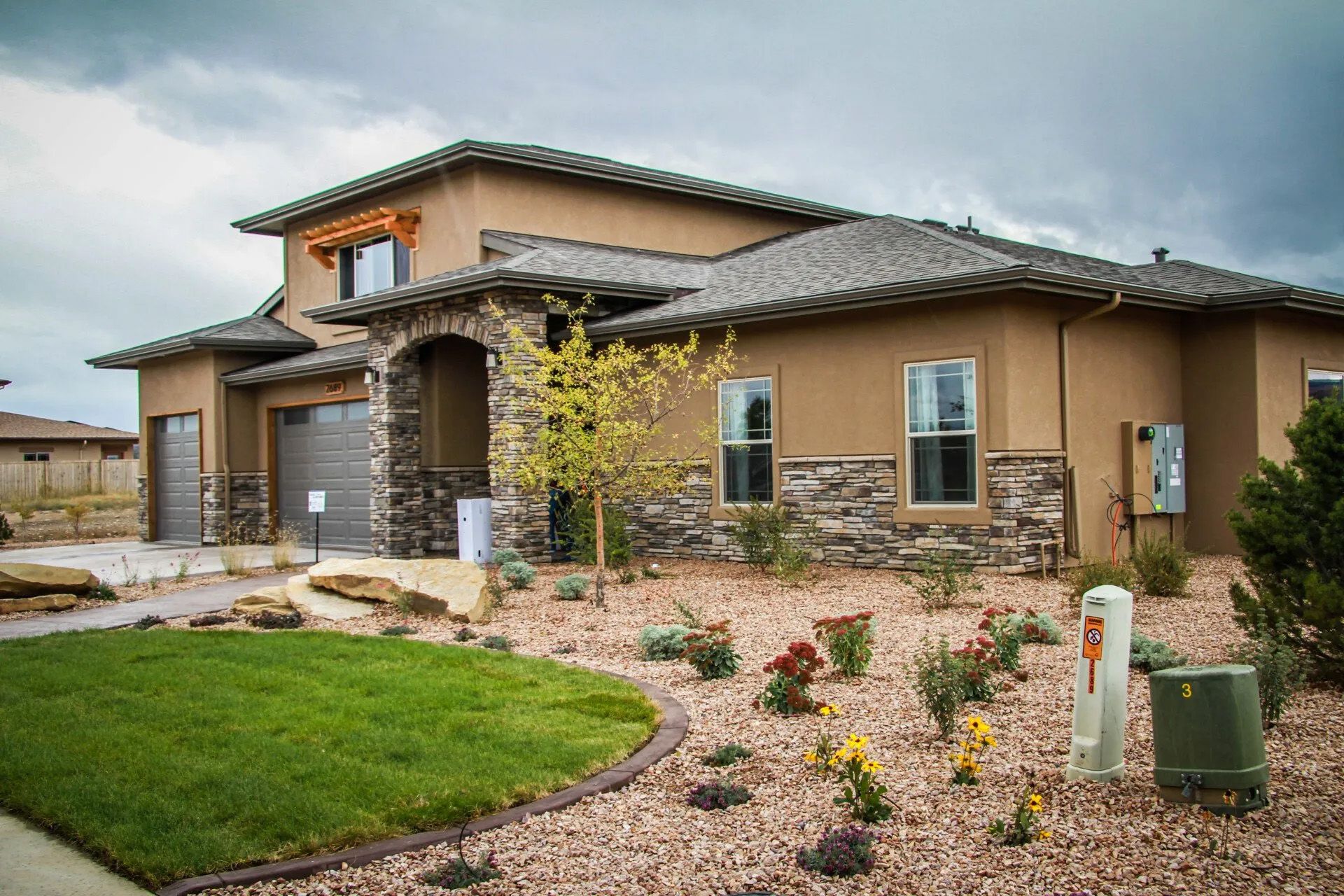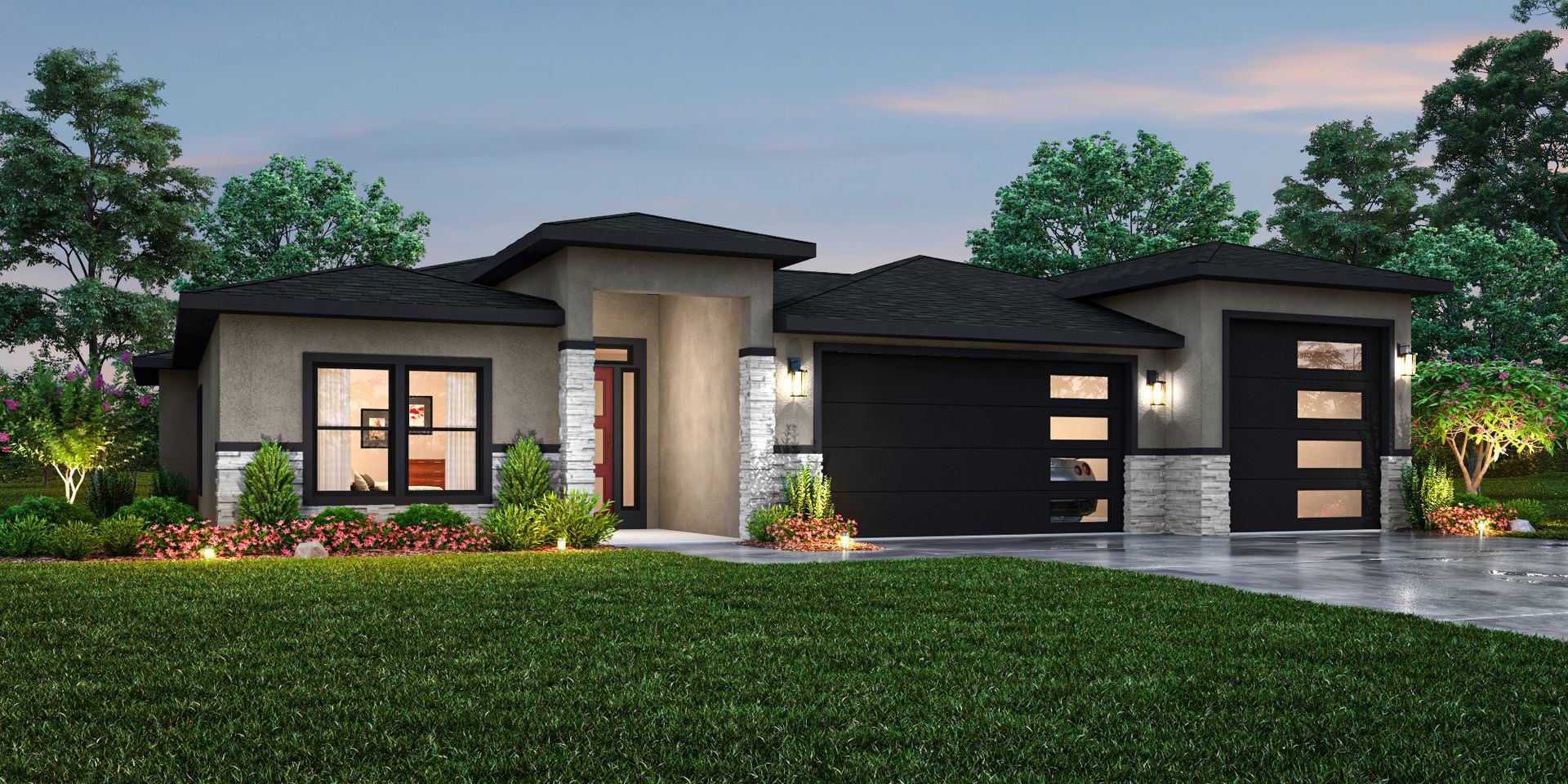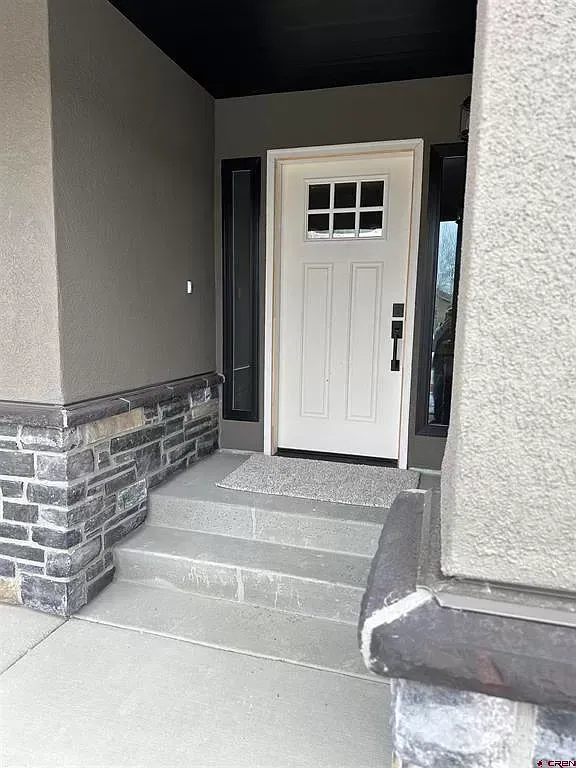Building a Home for Aging in Place: Design Features for Long-Term Accessibility
Introduction to aging in place
As the global population ages, the concept of "aging in place" is becoming increasingly relevant. By 2030, one in six people worldwide will be aged 60 years or over. In the United States, starting in 2030, older Americans (65+) will make up 21 percent of the population, up from 15 percent today. Data also shows that 77 percent of adults 50 and older want to remain in their homes for the long term, a number that has remained consistent for more than a decade. By 2034, it’s estimated that there will be more older adults (65+) than those under 18: 77 million compared to 76.5 million. These statistics underscore the importance of designing homes that can accommodate long-term accessibility needs.
The Concept of Aging in Place
Definition:
Aging in place refers to the ability of individuals to live in their own homes and communities safely, independently, and comfortably, regardless of age, income, or ability level.
Importance:
With the increasing desire among older adults to stay in their homes, designing for long-term accessibility ensures that their living environment can adapt to their changing needs, promoting independence and quality of life.
Statistics: The trend towards aging in place is evident, with a significant portion of the older population expressing a desire to remain in their homes. This demographic shift necessitates thoughtful home design that supports aging in place.
Key Design Features for Long-Term Accessibility
Single-Level Living
- Description: A single-level home eliminates the need for stairs, making it easier for individuals with mobility issues to move around.
- Examples: Open floor plans with all essential rooms (bedroom, bathroom, kitchen) on one level can significantly enhance accessibility.
- Check out our floor plans to find a customizable single-level home.
Wide Doorways and Hallways
- Importance: Wide doorways and hallways are crucial for wheelchair accessibility and ease of movement.
- Implementation: Standard doorways should be at least 36 inches wide, and hallways should be at least 42 inches wide to accommodate wheelchairs and walkers comfortably.
Non-Slip Flooring
- Benefits: Non-slip flooring reduces the risk of falls, which is a major concern for older adults.
- Material Suggestions: Materials like textured vinyl, cork, or rubber flooring provide good traction and are also comfortable to walk on.
Accessible Bathroom Design
- Features: Key features include walk-in showers with seating, grab bars, and higher toilets to make bathrooms safer and more accessible.
- Layout Tips: A zero-threshold shower, lever-style faucets, and a handheld showerhead can further enhance accessibility.
Functional Kitchen Design
- Adjustments: Accessible kitchens often feature adjustable countertops, pull-out shelves, and easy-to-reach appliances.
- Design Tips: Lowering the height of some countertops and ensuring there is adequate space to move between work areas can make the kitchen more user-friendly.
Smart Home Technology
- Innovations: Smart home technologies, such as voice-activated systems, automated lighting, and smart thermostats, can greatly enhance accessibility and convenience.
- Integration: These technologies can be integrated seamlessly into home design to assist with daily tasks and improve safety.
Benefits of Designing for Accessibility
Safety:
Accessible design minimizes the risk of accidents, such as falls, and makes it easier for individuals to move around their home safely.
Convenience:
Features designed for accessibility, such as wider doorways and smart home technology, provide convenience not only for older adults but for everyone living in the home.
Resale Value: Homes with accessibility features are increasingly in demand, potentially enhancing the resale value as more people look for homes that can accommodate their long-term needs.
Choosing the Right Builder
Experience: When building or renovating a home for aging in place, it's crucial to choose a builder like Integrity Homes with experience in accessible design.
Questions to Ask: Ensure you ask potential builders about their experience with accessible design, the materials they recommend, and examples of their previous work.
Planning
Designing a home for aging in place involves thoughtful planning and consideration of various accessibility features. By implementing single-level living, wide doorways, non-slip flooring, accessible bathroom and kitchen designs, and smart home technology, homeowners can ensure their home remains safe, convenient, and comfortable for years to come. If you're interested in learning more about how to design an accessible home, contact us for more information.
Additional Resources
Links: Check out these additional resources for more information on aging in place and accessible home design:
Aging in place FAQs:
- What is aging in place?
- Aging in place means living in your own home and community safely, independently, and comfortably, regardless of age or ability level.
- What are some key features of an accessible home?
- Key features include single-level living, wide doorways and hallways, non-slip flooring, accessible bathrooms and kitchens, and smart home technology.
- How do I choose the right builder for an accessible home?
- Look for a builder with experience in accessible design, check their credentials, and ask about their previous projects and materials used.
By incorporating these design elements, you can create a home that supports aging in place, ensuring comfort and accessibility for years to come.
